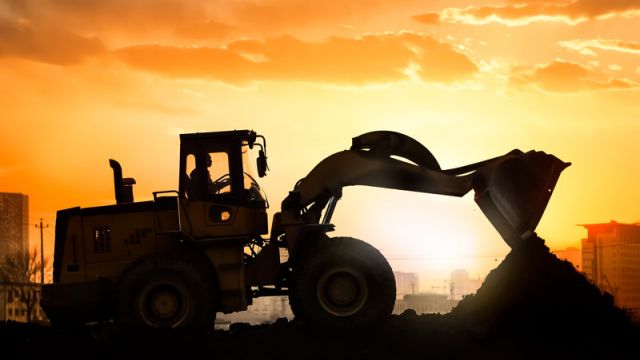Technology transforming the job site
Five innovations to keep an eye on
By Jeff Winke
Without doubt, the construction industry is increasingly adopting new technology. Projects can be managed from a tablet computer, machines governed through GPS signals, and workers can clock in and out via text messages. Today, the way in which construction contractors perform work is being transformed by new technological devices and innovations. Here are five to keep an eye on:
1. Wearable Technology — Think of the possibilities for technology like Google Glass with its optical head-mounted display (OHMD) — in other words eye glasses that have the capability of reflecting projected images as well as allowing the user to see an augmented reality through it. The real world is augmented or supplemented by computer-generated sensory input such as sound, video, graphics or GPS data. So, a construction worker or manager could use an OHMD in the field to easily view a site plan and work instructions, monitor workers’ health and well-being, take photographs and video and communicate with off-site coworkers.
The Apple Watch is another wearable with potential. Apps for the device are being developed for project management, productivity and communication. Construction apps are surely on the way. There are project estimating and invoicing apps already, so more specific construction contractor apps will follow.
2. Thermal Imager — With the ability to see what the naked eye can’t, a thermal imager can detect temperature differences, giving the power to see in the dark, observe invisible heat sources, compare relative temperatures and see through light fog and smoke.
They function as a thermal camera attachment that affixes to a smart phone, which captures both still images and videos that are displayed as live thermal images right on the phone’s screen.
3. Smart Hardhats — High-tech hardhats that use 4D augmented reality technology to connect workers to their environments. Contractors could know by just a glance the status of material deliveries, and builders could be able to visualize a complete project before the foundation is even excavated. The head-mounted display improves productivity, safety and efficiency by allowing project data to be streamed and work instructions to be seen all in the context of the job being done. Sensors can alert a worker to impending danger.
4. Drones — Unmanned aerial vehicles (UAVs) are changing the way construction companies do business and monitor construction activities. They provide a way to obtain real-time data on job progress;?identify potential hazards or quality issues; and are being used for surveying and mapping. The larger the construction site, the more helpful they are in monitoring the project. UAVs for construction applications include models with four, six or eight rotary blades. More blades mean more lift and more power for attached payloads. Many drone systems are controlled by smart phone, connected by Wi-Fi, and positioned using global positioning systems (GPS). Their design allows them to remain in one place for extended periods, thus saving the higher costs associated with helicopters and small planes.
5. Phablets — A phablet is a smartphone with the larger-size screen that falls between a typical smartphone and a tablet computer (phone + tablet = phablet). In 2013, phablet sales accounted for a quarter of all smartphone sales and with Apple’s recent launch of the large iPhone 6 Plus, this number is expected to keep growing. The benefit of the phablet is that it combines the communication ability of smartphones and the larger screen size of tablets, allowing the ability to view drawings, detailed reports, and other material typically viewed on a computer.
These devices are but a part of the technological changes transforming the construction industry. Clearly, things are not like they were and the future in construction is looking exciting.
About the Author
This article was originally published in Construction Equipment Guide. This content has been republished with the permission of the publisher.



















